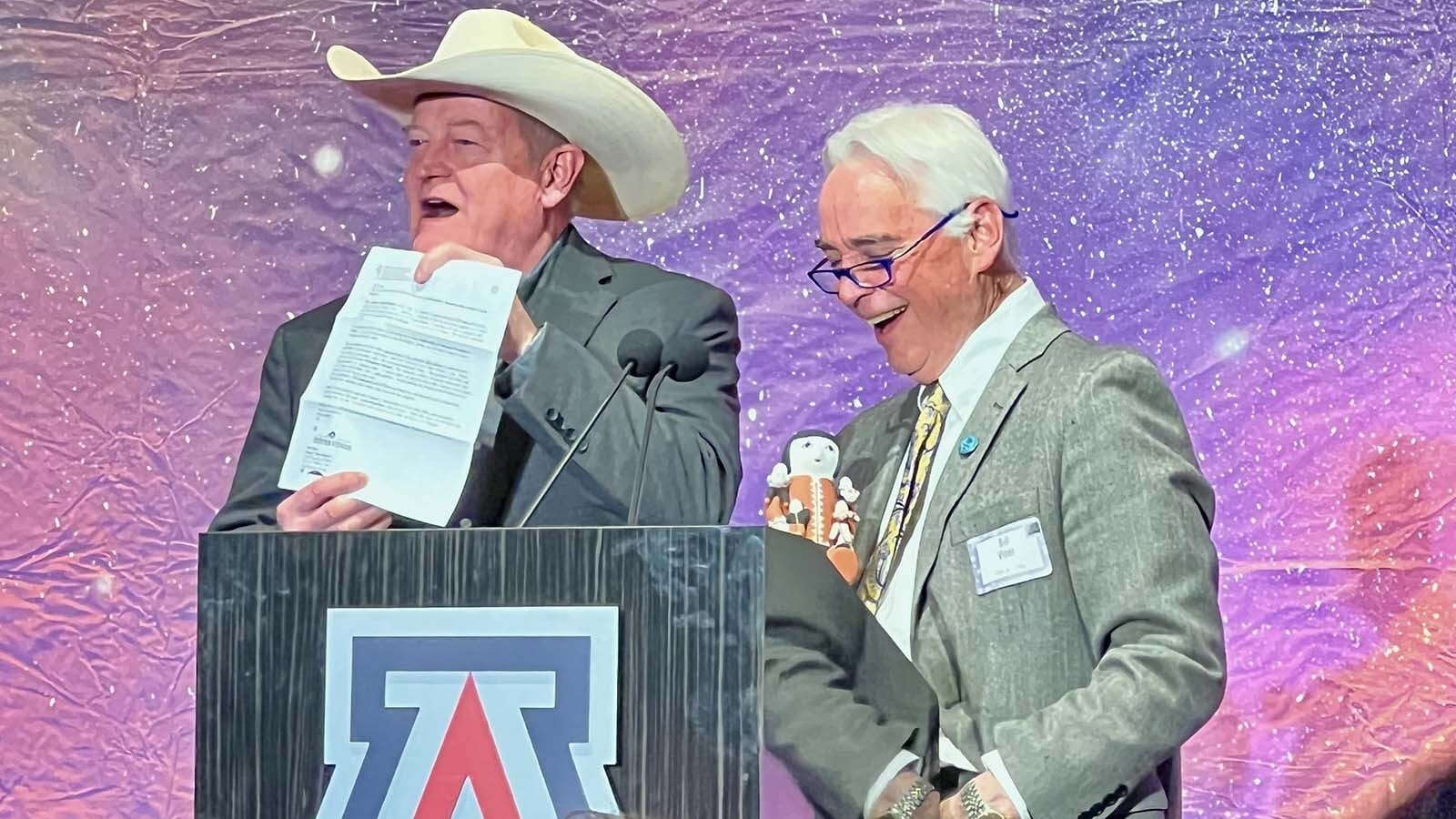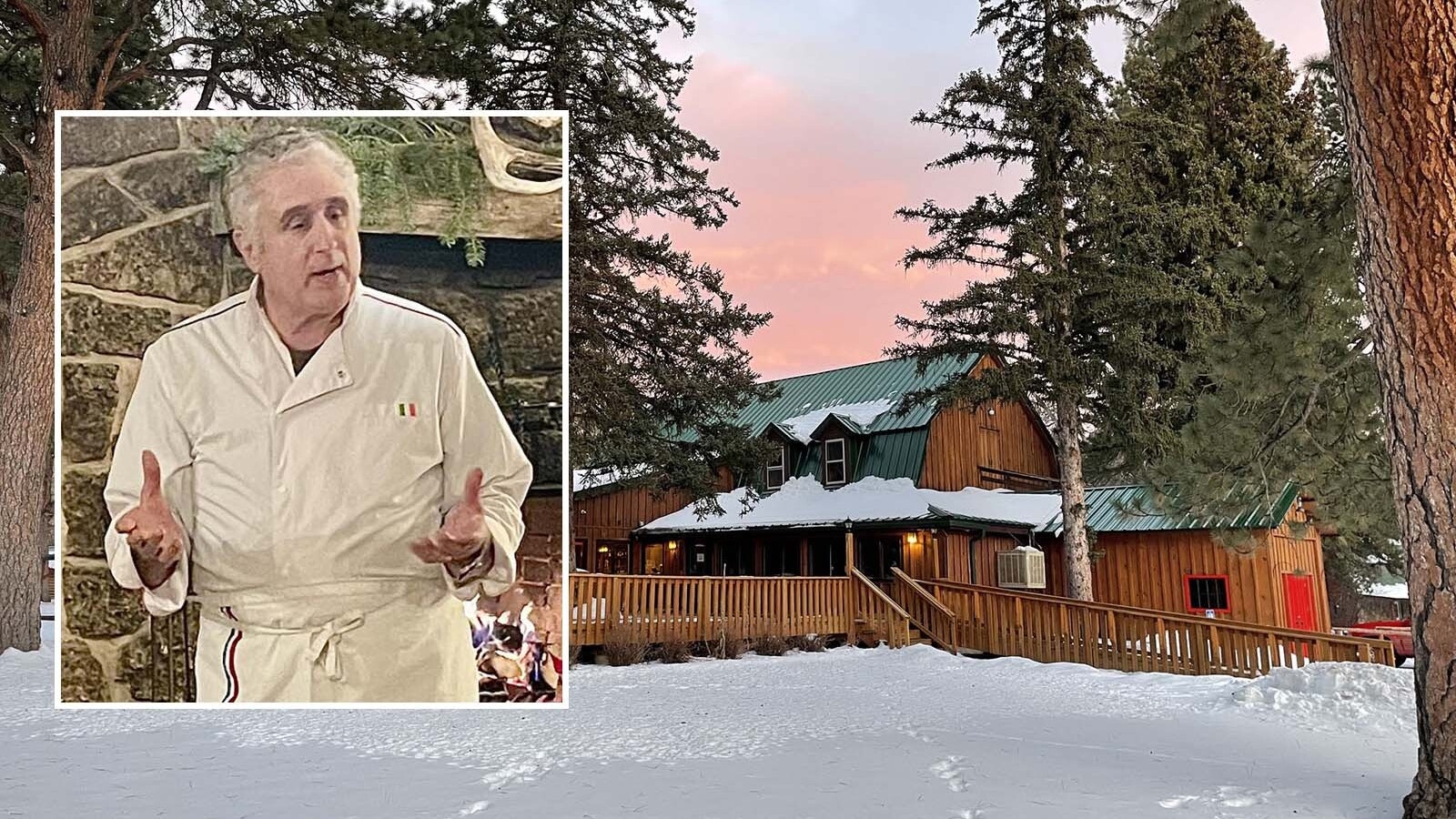The lack of a film incentive program in Wyoming was one of the reasons the production company behind the “Yellowstone” prequel series “1883,” chose to not film in Natrona County last year.
Location scout Nate Wells told Cowboy State Daily on Wednesday that he was returning home to Colorado from Montana, scouting potential locations, when he passed by signs for the Pathfinder Ranch in Natrona County.
He thought the location was gorgeous, and would fit well with the script, since the characters would be passing through the Fort Casper area on the Oregon Trail.
“Its beauty is unreal,” Wells said. “Plus, everyone was really struck by this landmark called Devil’s Gate, which has a large cut in a rock that the pioneers would follow. That was going to be a major location for us.”
Wells said the production company likely would have filmed two episodes in the ranch area, which would have meant the crew spending six to eight weeks in the Casper and Natrona County area, getting the sets prepared for production. Then, the cast would be on location for about three weeks for the actual filming.
Wells could not say how much the production company would have spent in the area, but Ryan Lance of Pathfinder Ranch said he was told the production company would likely spend “multiple, multiple millions” during that short time in the area.
“They would have spent that on hotels, telehandlers, booms, lifts and restaurants,” Lance said.
Wells agreed that production companies typically spend “significant” amounts of money supporting local businesses when filming on location.
But due to the lack of the film incentive, as well as logistical issues, the production company decided to film “1883” in Texas and Montana. “Yellowstone” itself has been filmed in Montana since its second season. It was filmed in Utah during its first season.
Both Wells and Lance were critical not only the lack of incentive, but also the failure of the Wyoming House of Representatives to introduce a bill during its budget session that would have provided rebates to film production companies for money spent in Wyoming.
House Bill 93 would have provided rebates to film production companies through the state’s tourism board as incentive for film production in Wyoming.
“As a person from Wyoming who is very proud of what we have here, it’s awfully frustrating for me to see a lot of films and series that are purported to be set in Wyoming but are shot in Montana and New Mexico and other places,” Lance said. “We give a lot of incentives for other things in the state. This seems to be something we’re continually hearing about, maybe it’s time to look at what are we really giving up and what do we gain in the process.”
Lance noted that officials with the production company had been willing to testify before a legislative committee to discuss how the lack of an incentive influenced their decision to film elsewhere.
Montana’s film incentive program offers partial compensation for the use of state workers, payments to colleges for filming on campus, rental payments for equipment and overall wages. The incentives also include a 20% income tax credit on production spending, which means the production company can reduce its tax payment to the state of Montana by 20% of whatever they spend on the production.
Wyoming author C.J. Box previously told Cowboy State Daily that while he has pushed to have the adaptations of his novels “Joe Pickett” and “Big Sky” filmed in Wyoming, the production companies have chosen other states or even Canada to film due to production incentives and lower costs.
Many states, such as New Mexico, Georgia and Louisiana, have lucrative film incentive programs and have seen many film and TV productions in their states.





